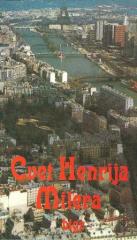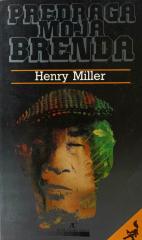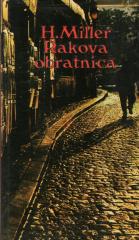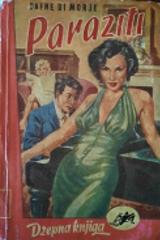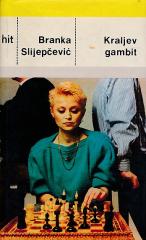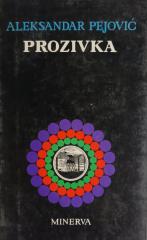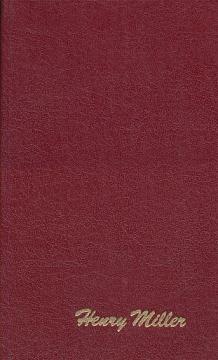
Ružičasto raspeće III: Nexus
Nexus, (1960), the final installment of the Pink Crucifixion trilogy, continues the autobiographical narrative from Sexus and Plexus. The novel follows Miller's alter ego in 1920s New York, focusing on his inner development, relationships, and artistic qu
The protagonist is still in an unhappy marriage with Maude, while his relationship with Mara (inspired by June Mansfield) reaches a peak of emotional complexity. Mara, together with her lover Stasia, brings chaos into his life, intertwining love, jealousy and artistic inspiration. The novel explores the triangle of love, sexuality and emotional conflicts, as the protagonist tries to reconcile his passions with the need for spiritual and artistic freedom. Miller draws on philosophical and mystical reflections, delving deeply into the themes of solitude, creativity and the search for meaning.
The style is introspective, poetic and associative, with less explicit eroticism than in Sexus, but with an emphasis on psychological depth. Miller describes the bohemian circles of New York, his encounters with friends and artists, and his inner struggles as he prepares to leave for Paris, foreshadowing his later life described in The Reverse of Cancer.
Nexus is the culmination of Miller's exploration of artistic identity, love and freedom. The novel concludes the trilogy without a final resolution, leaving the impression of a continuous search for authenticity and truth through art.
One copy is available
